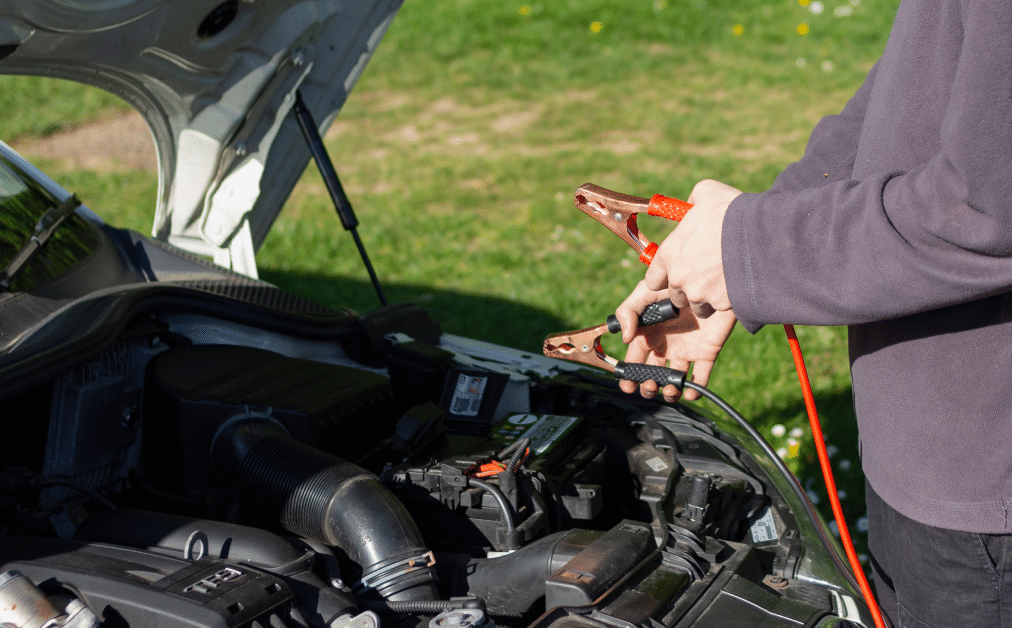Is it time again for that much-anticipated trade fair, business meeting, or family trip out of state? Renting a car might just be the right choice for various reasons. But out of convenience, you will choose a rental car. But as with all vehicles, you will have to prepare for the worst. Because no one really wants their car to stop in the middle of nowhere after an unforeseen mechanical failure.
A rental car will be your responsibility until it is safely returned to the rental company. So, knowing what liabilities you hold will help immensely, when there are tough decisions to make. Especially, in instances where your rental car breaks down or gets into an unfortunate road accident.
Who pays for the mechanical failure damages?
Usually, three sources of insurance will cover costs of damage to a rental car;
- The rental car company from which you hire the vehicle
- Your personal car insurance
- Your credit card company (you must have used their credit card to rent the vehicle)
The smart thing to do before hiring a rental car would always be to check with all of these sources. Find out how each of them will come forward to pay for car rental damages, in case there are any. It also goes without saying that you must read every condition and clause in the rental agreement thoroughly. This might help you avoid paying from your own pocket, for a hefty repair bill which you might not even be responsible for.
The rental car company must cover the costs of repairs are necessary due to a mechanical failure. They would assess and determine whether the car had been undergoing gradual deterioration or if the renter was responsible for his/her own negligence.
There, however, could be unclear situations where it is difficult to determine whether the breakdown occurred due to usual wear and tear, if previous renters were responsible or if the current driver was careless.
A few simple steps can save you from future mechanical failures,
- Do a thorough check: Before leaving the parking lot make sure to check the exterior or interior of the vehicle. This includes any paint scratches or small dents. Check all the lights, tires, heat, navigation, wipers, sound system, etc. It’s always a safe bet to do a trial run in the parking lot to ensure if the car runs smoothly.
- Take clear pictures: This is a very smart thing to do. Take clear pictures of the exterior and interior of the car, when you are picking it up as well as returning it, preferably with time and date stamped.
- Problems down the road: If your car breaks down or faces any other issues, contact the rental company or its roadside assistance service, at once. Inquire what you should do next and how to handle repairs as well as charges. It is always advisable to follow relevant protocols, immediately. Failing to do so, most likely will put you at a disadvantage and will be a sure way to cost you more than what you hoped for.
It is always transparent and easier when you are dealing with your own car. You will know how much to spend on repairs, how the insurance will cover damages, or how to handle a mechanical failure. But all these variables are a bit different when it comes to a rental car. The best way to protect yourself against an unwanted repair bill or legal matters would be to know the rules, inspect the car, and document everything.
Tweet at Navotar Fleet Management Software team on Twitter and tell us all about your favorite car-trouble story.






























